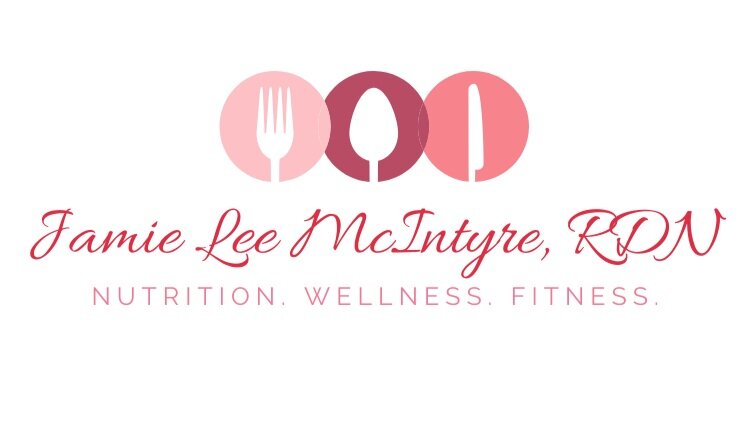Work from Home Tips: Stay Healthy, Productive, and Energized
Transitioning from the office to working from home comes with unique challenges and opportunities. While working remotely offers flexibility, no commuting, and access to your personal kitchen, it also brings distractions, easy access to food, and promotes sedentary behaviors.
With a few mindful strategies, you can stay productive, eat well, and move your body while enjoying the benefits of a home office.
1. Set Up a Workspace for Productivity
Creating a dedicated workspace is key for WFH productivity:
Choose a quiet space separate from the kitchen.
Ideally, pick a spot by a window to cue into daylight and time of day.
Get dressed each day, even if you’re not meeting anyone in person.
Dress for comfort and movement, making it easier to exercise during breaks with a walk or a 7-minute workout video.
2. Plan and Prepare Your Meals
Meal prep helps prevent mindless snacking and ensures balanced nutrition:
Pack meals and snacks in advance, labeling “Breakfast,” “Lunch,” and “Snack.”
Place fruits and vegetables at eye level in the fridge to encourage healthy choices.
Use reminders in your calendar (Outlook, Google, or phone) for meal and snack times.
Identify true hunger cues before eating to avoid stress or boredom eating.
Grocery and meal delivery options for busy WFH professionals:
Grocery delivery: Instacart, Pea Pod, Fresh Direct
Meal kits: Hello Fresh, Blue Apron, Sun Basket
Prepared meals: Freshly
3. Build Balanced Meals
A healthy work-from-home lunch or dinner should include:
3–4 different food groups
Focus on fiber + protein to stay full longer and maintain stable energy
Example: Whole wheat wrap with tuna, lettuce, tomato, and a side of baby carrots
Balanced meals improve focus, energy, and overall productivity throughout your day.
4. Smart Work-from-Home Snacks
When meals are spaced more than 4–4.5 hours apart, plan a fiber + protein snack to stay fueled:
Sugar snap peas + Greek yogurt + whole wheat pita
Veggies + hummus + light popcorn
Apple + nut butter
Fresh berries + cottage cheese
Orange + part-skim cheese stick
Pineapple + low-fat yogurt blended
Watermelon + Icelandic-style yogurt
Snacking strategically prevents energy crashes and mindless eating at your desk.
5. Hydration Tips for Home Office
Keep a refillable water bottle nearby and sip throughout the day.
Drink 8–16 oz of water before meals or snacks to help control appetite.
Mix it up: hot water with lemon or herbal tea, iced water with cucumber, mint, or frozen fruit.
Proper hydration can prevent confusion between thirst and hunger cues.
6. Make Fitness a Priority
Working from home makes it easy to get sedentary, so schedule movement:
Take short walks or stretch breaks.
Use guided workouts from apps or YouTube.
Bookmark fun, convenient ways to stay active during your workday.
7. Utilize Support Systems
Even at home, community and accountability matter:
Check your employer’s internal social media or corporate website for WFH support systems.
Freelancers or independent contractors can connect with peers online for motivation and accountability.
Join virtual groups or coworking networks to stay engaged and productive.
8. Sample Work-from-Home Schedule
A structured day can boost WFH productivity:
Morning: Breakfast + water, quick stretch or walk
Mid-morning: Snack, check emails, focus blocks
Lunch: Balanced meal, hydration, brief walk
Afternoon: Snack if needed, standing desk or mini workout break
Evening: Wrap up work, plan meals for next day, unwind
Final Thoughts
Working from home can improve your flexibility, comfort, and access to healthy foods — but it requires intentional strategies to stay productive, nourished, and active. By setting a workspace, planning meals, staying hydrated, and moving your body, you can make the most of your home office.



